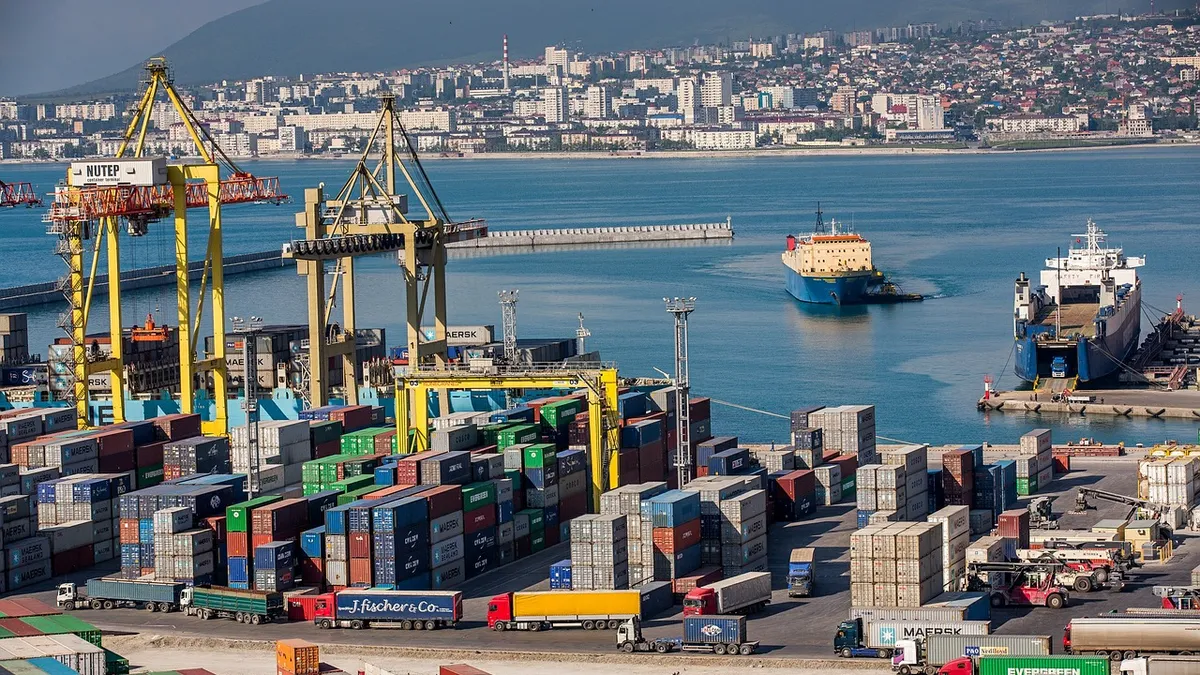Dive Brief:
- Larger ships and more robust shipping alliances are challenging container terminal operators to change with the market according to a Drewry analysis, Port Technology reports.
- A slowing shipping market has led shipping lines to increase mergers and participation in alliances while decreasing investments in greenfield projects. Compared to ten years ago, greenfield projects have fallen to half the previous amount.
- The report adds, however, that the industry consolidation will force terminals to more closely align with alliances to ensure a set volume of inbound containers and establishing hubs for shipping networks.
Dive Insight:
Shipping lines are not the only providers affected by a global decrease in maritime trade: Port operators, too, must worry about remaining competitive in a tightening market. To do so, many ports are opting for increased investment in technology to be the terminal of choice for larger ships or additional shipping lines in expectation of a post-Panamax world.
Despite the flashy investments in cranes by ports and large container carriers by shipping lines, the industry's outlook is notably more bleak — and Hanjin's bankruptcy was just the tip of the iceberg.
Shipping lines are shifting strategies to make greater use of their capacity and increase market share to avoid a similar demise. A Wall Street Journal analysis found 52 million tons of ships were being sold for scrap metal in order to decrease capacity and increase cash, with lines expecting to do so for the next five years.
If these trends continue and if Drewry is correct in its assessment that terminal operators are transitioning to an alliance model to secure their own business, the supply chain will likely see a reorganization of shipping routes, as well as a larger push for contract-based transport alongside increased spot freight rates.













